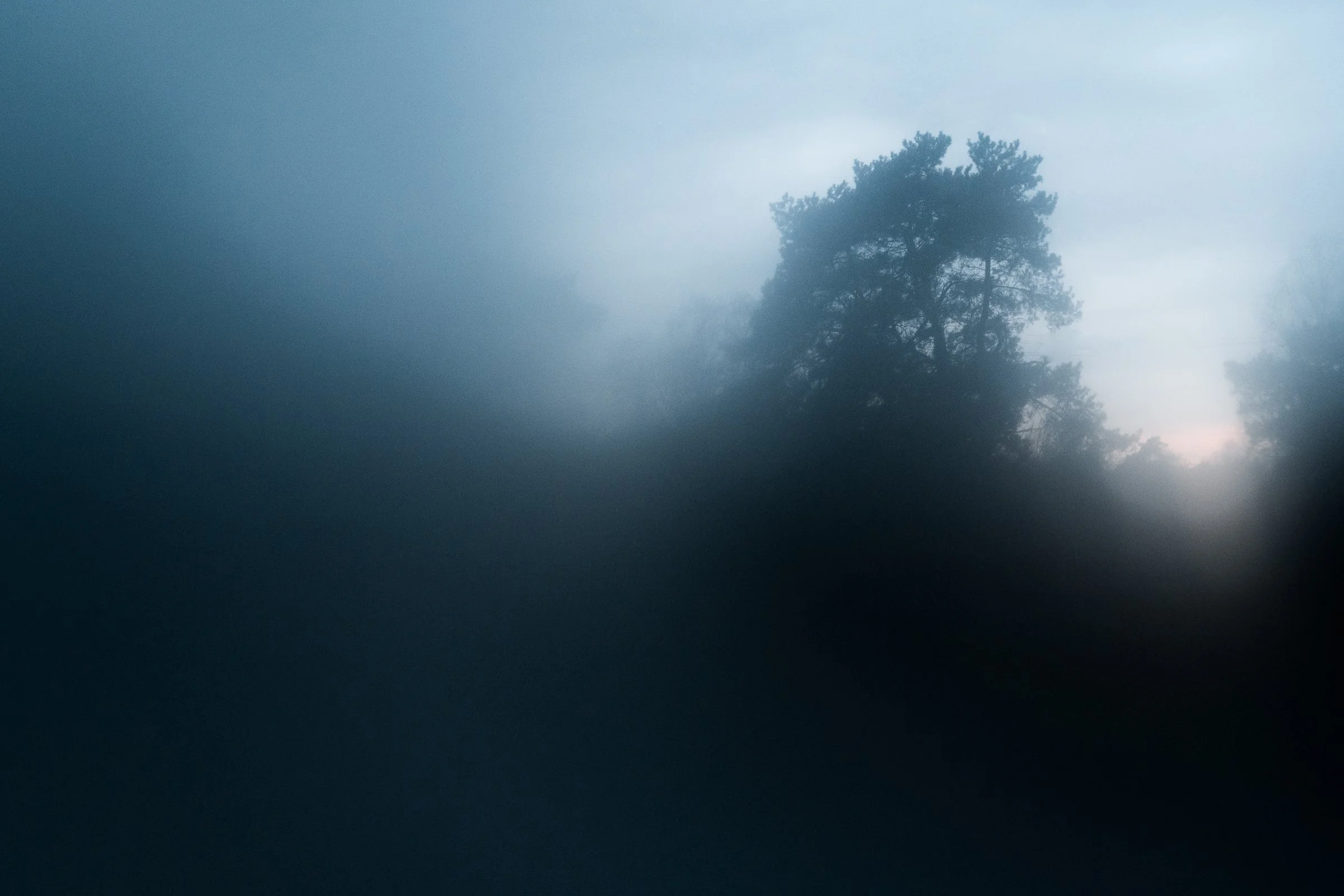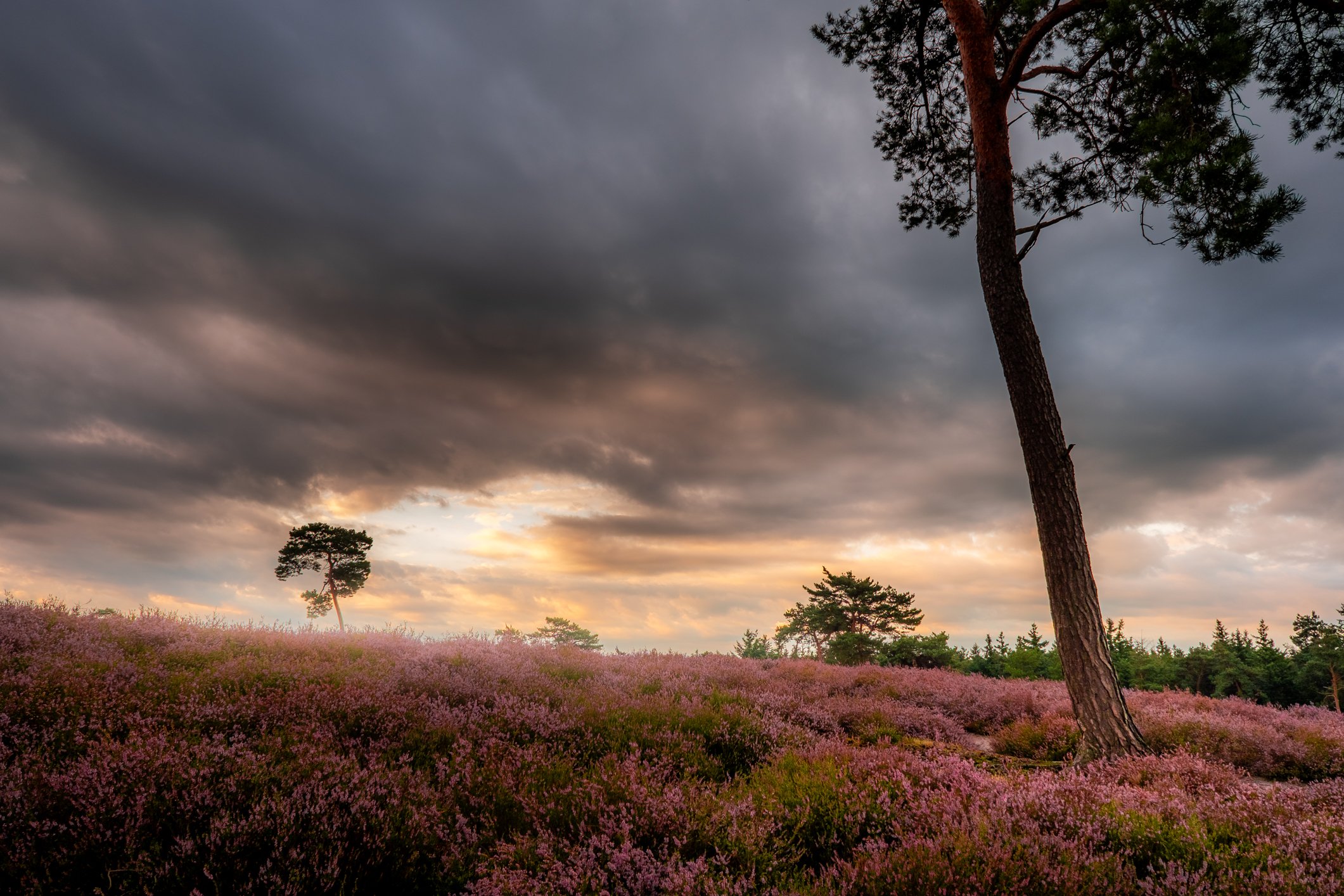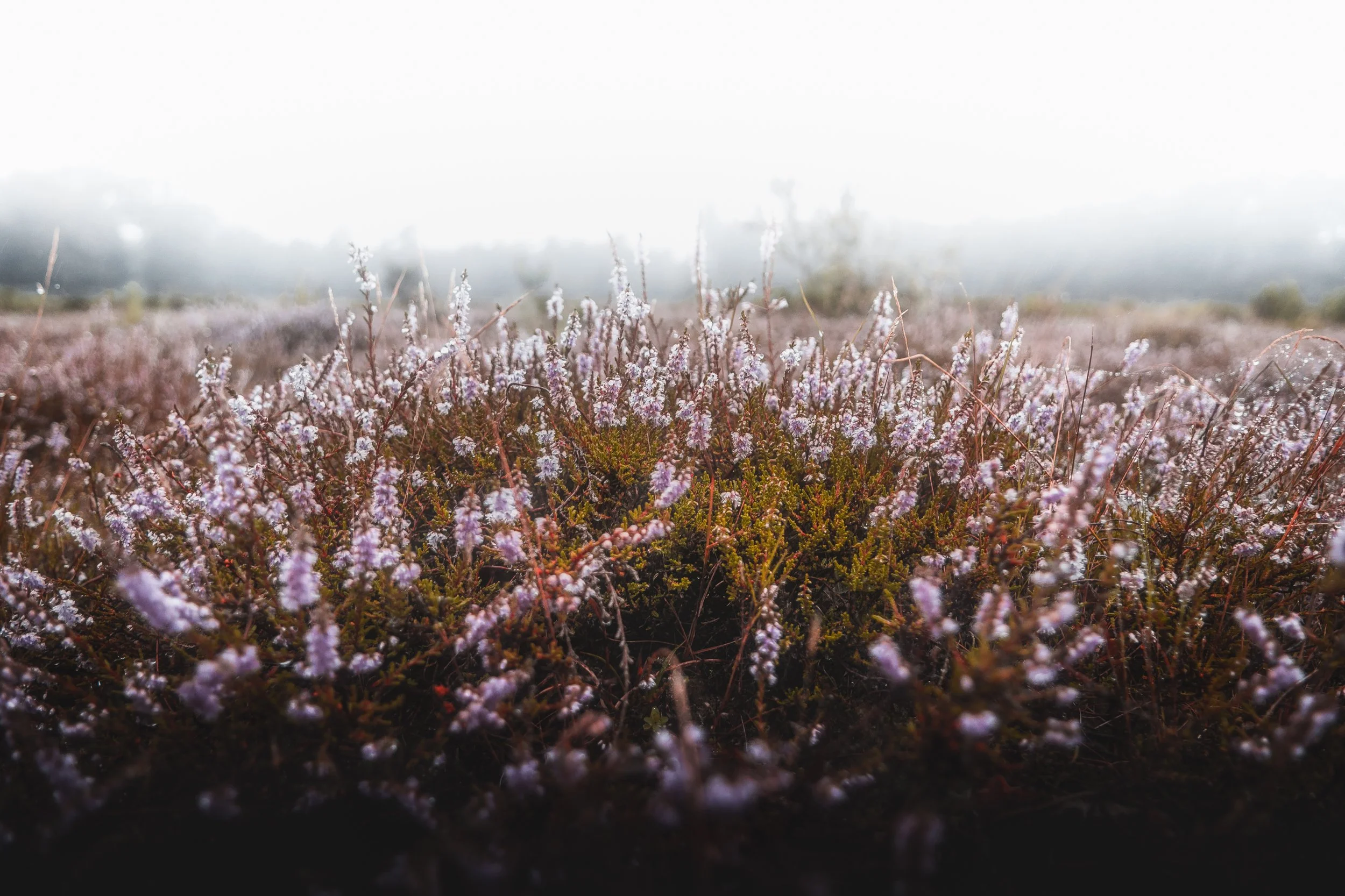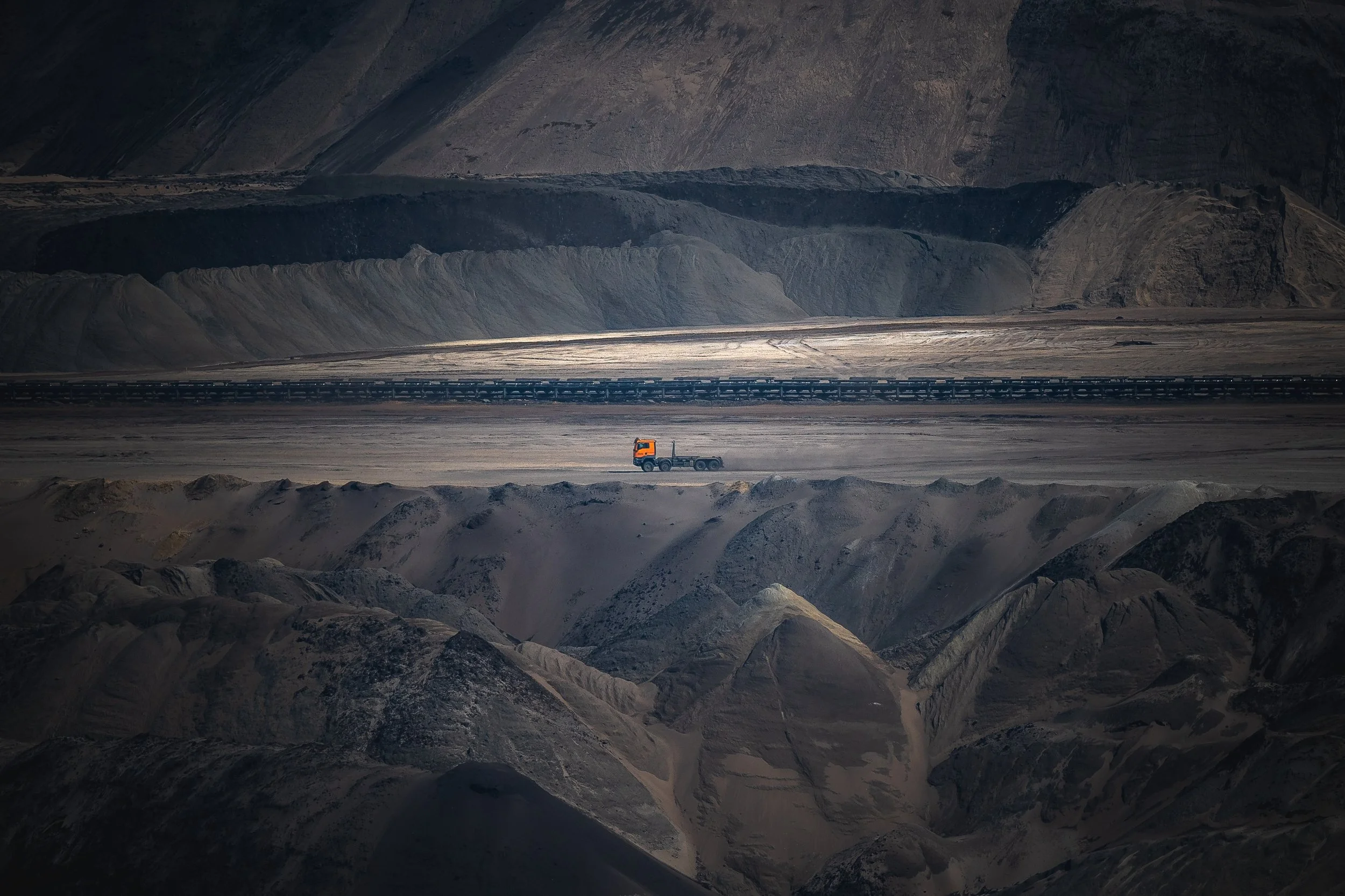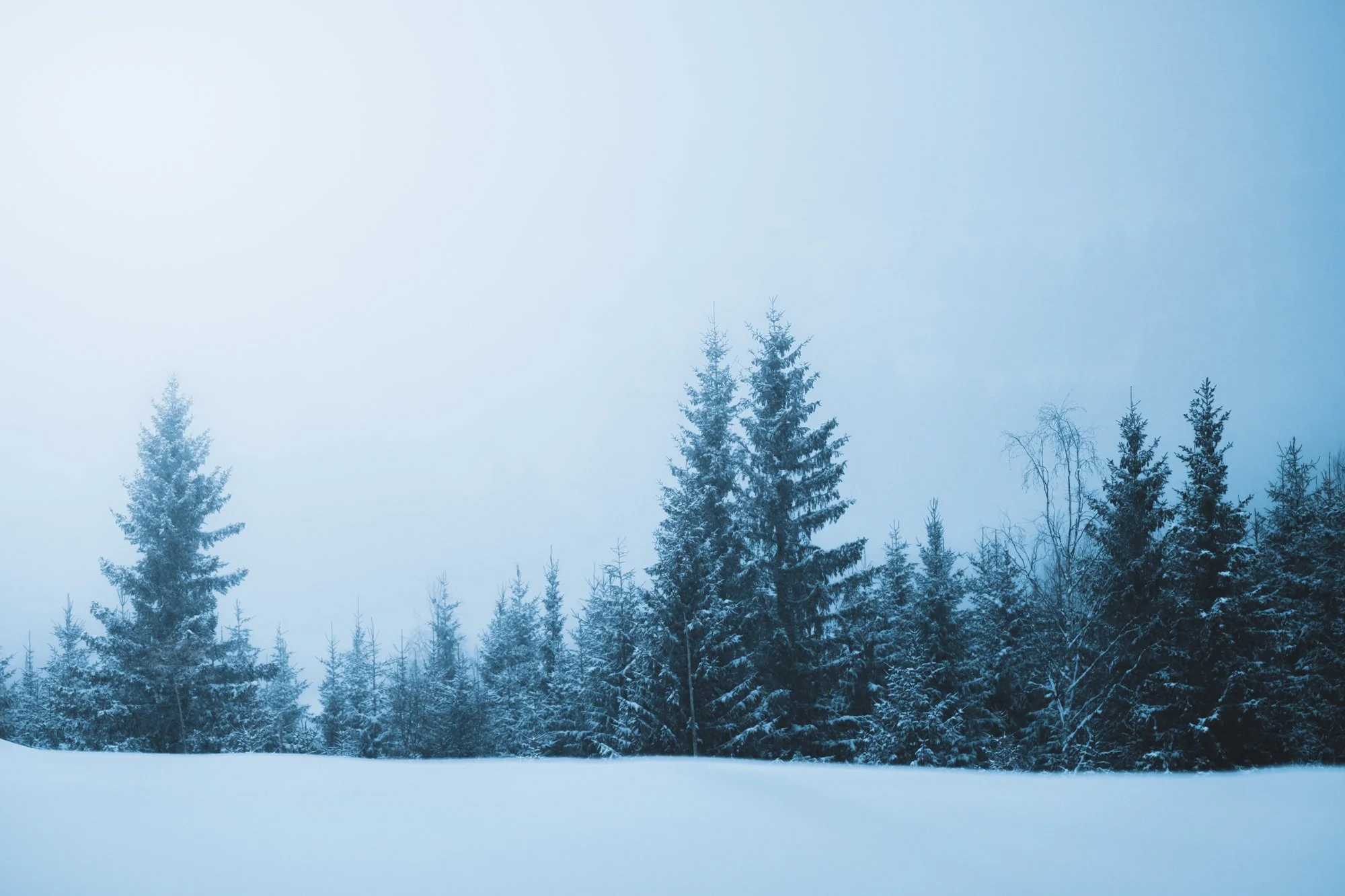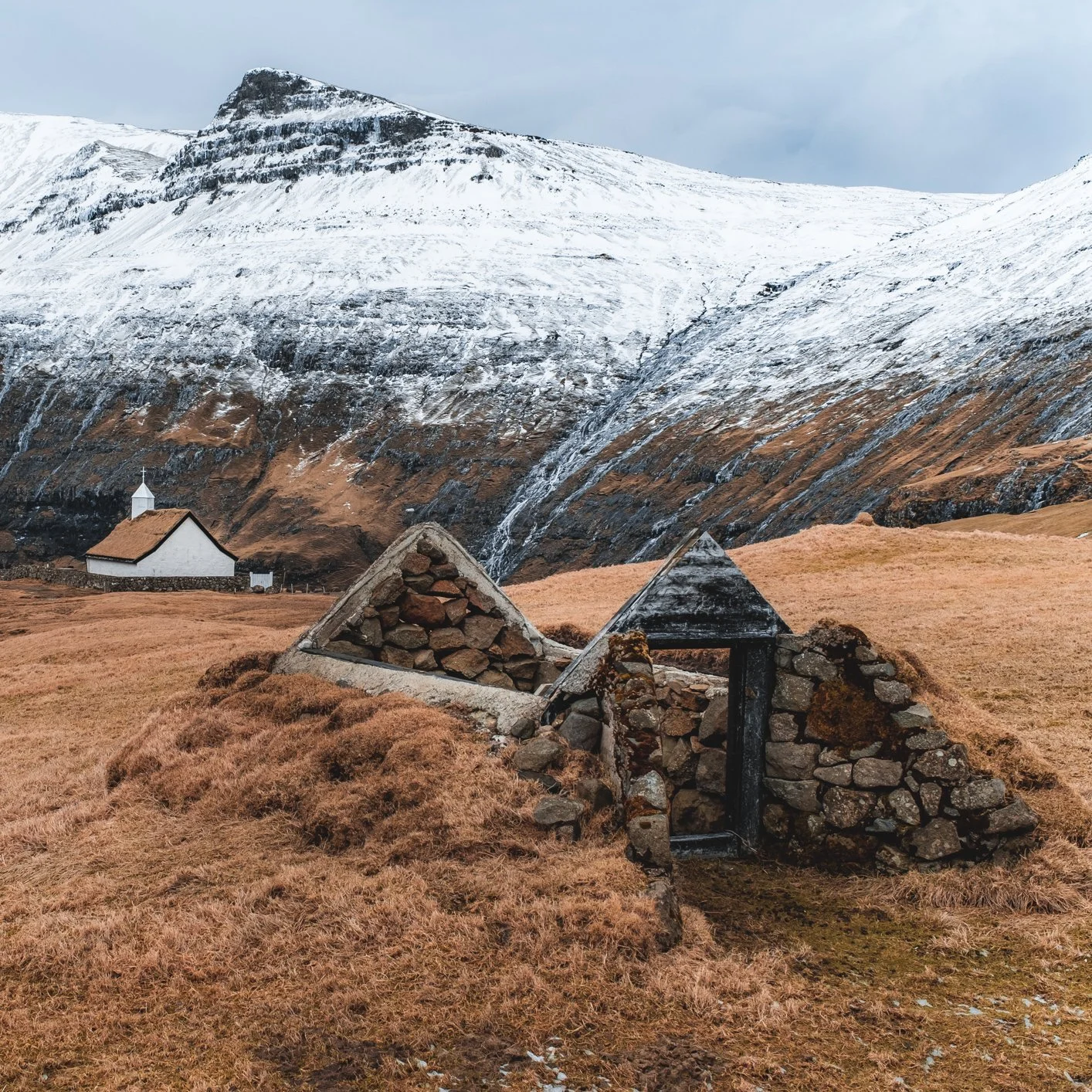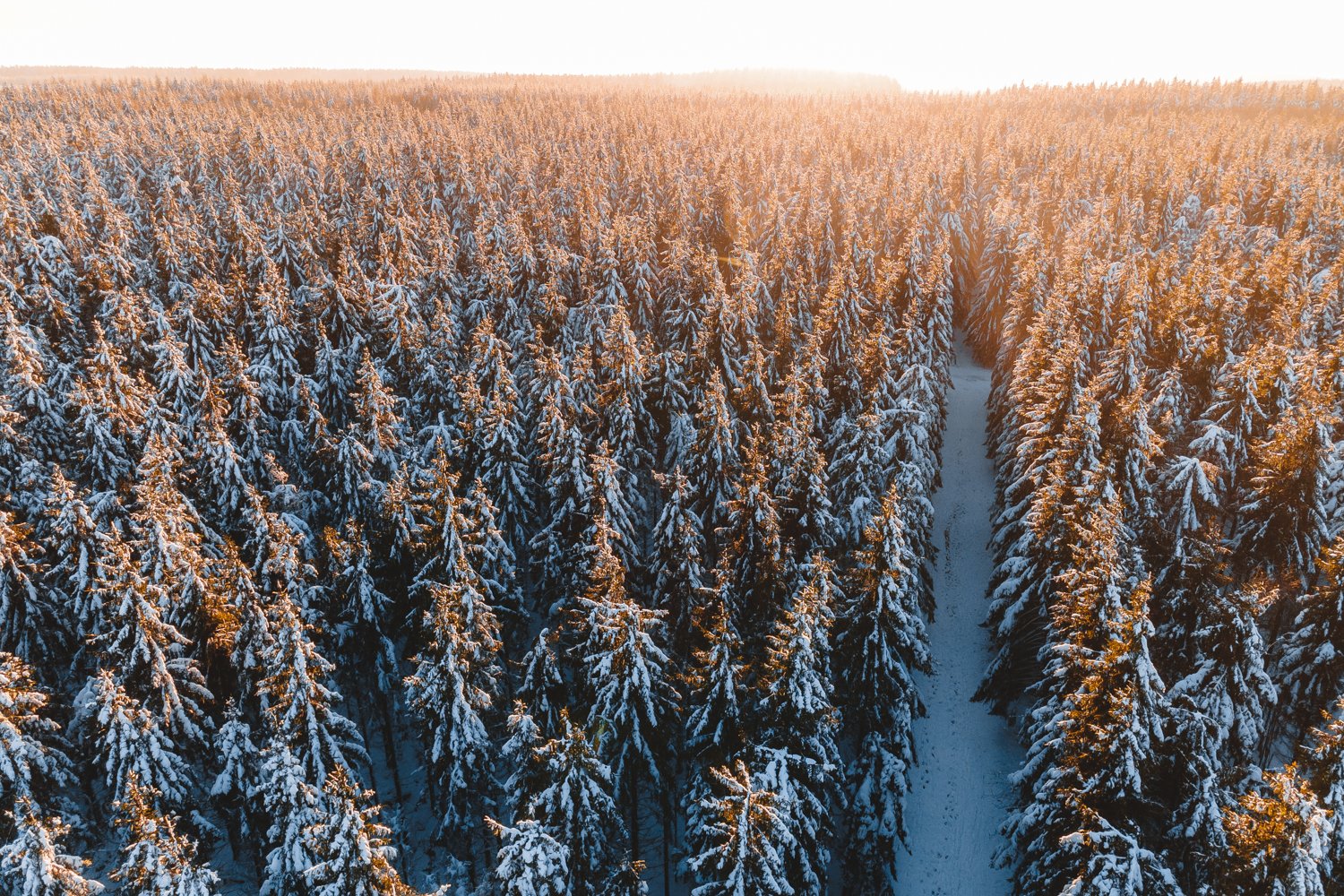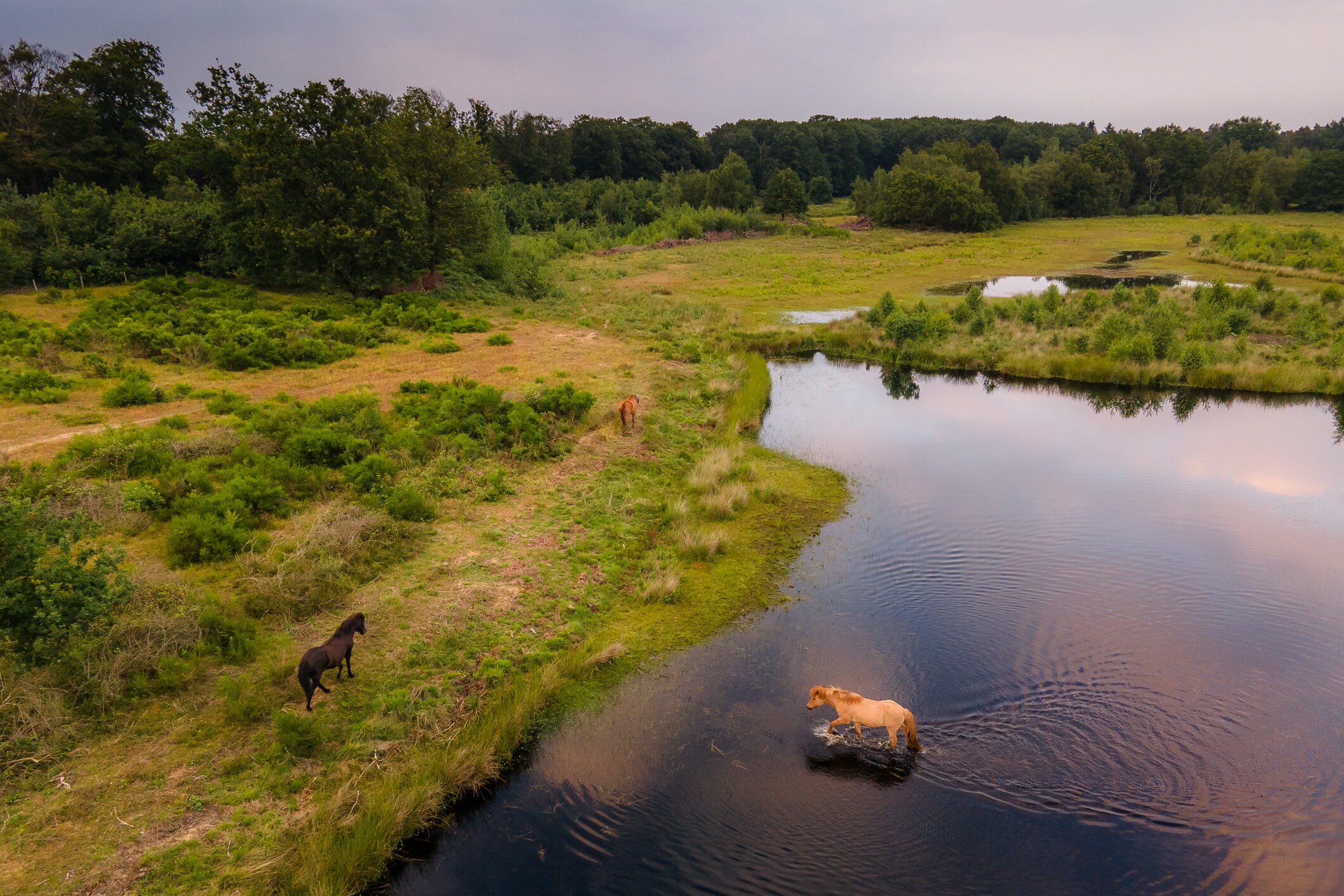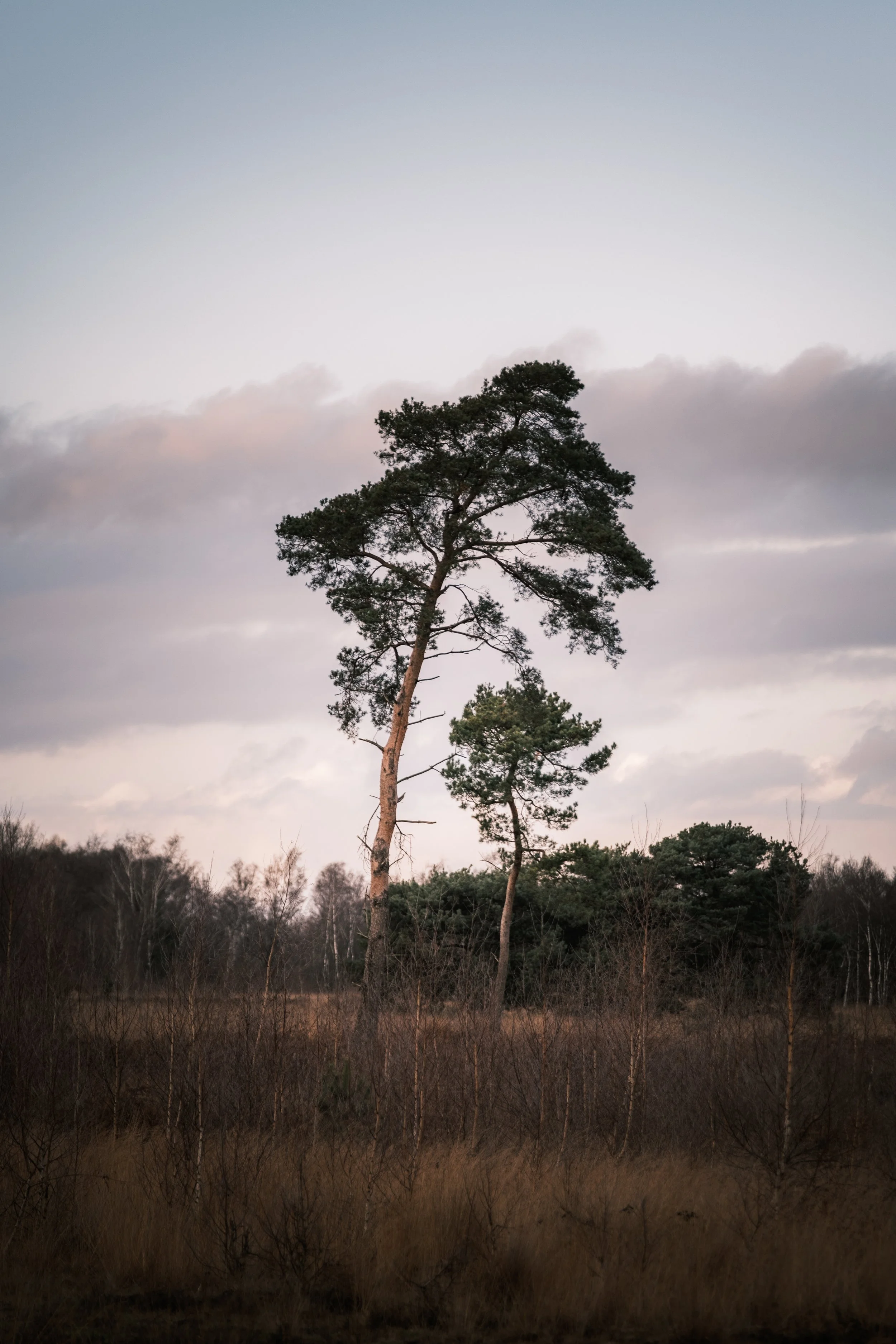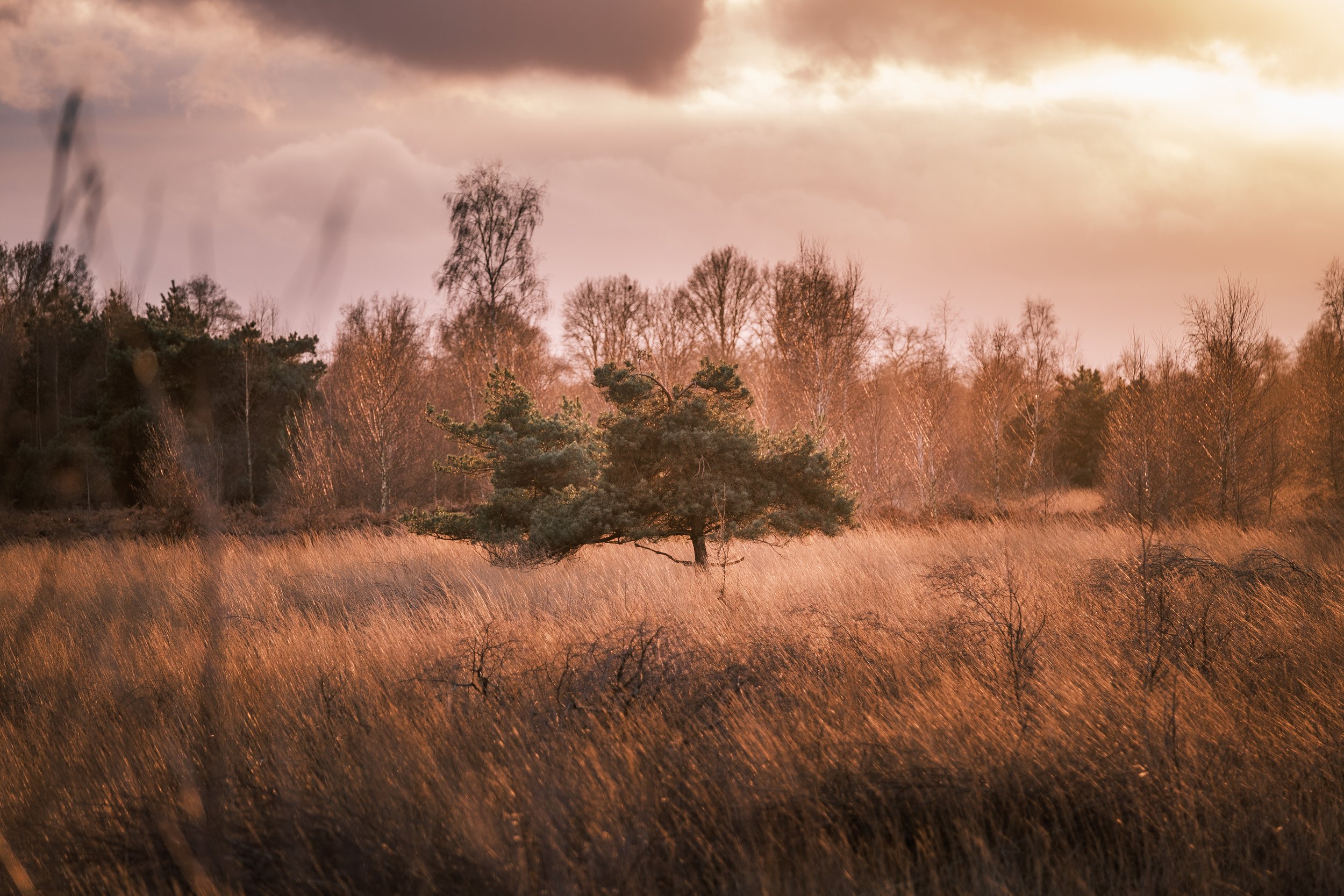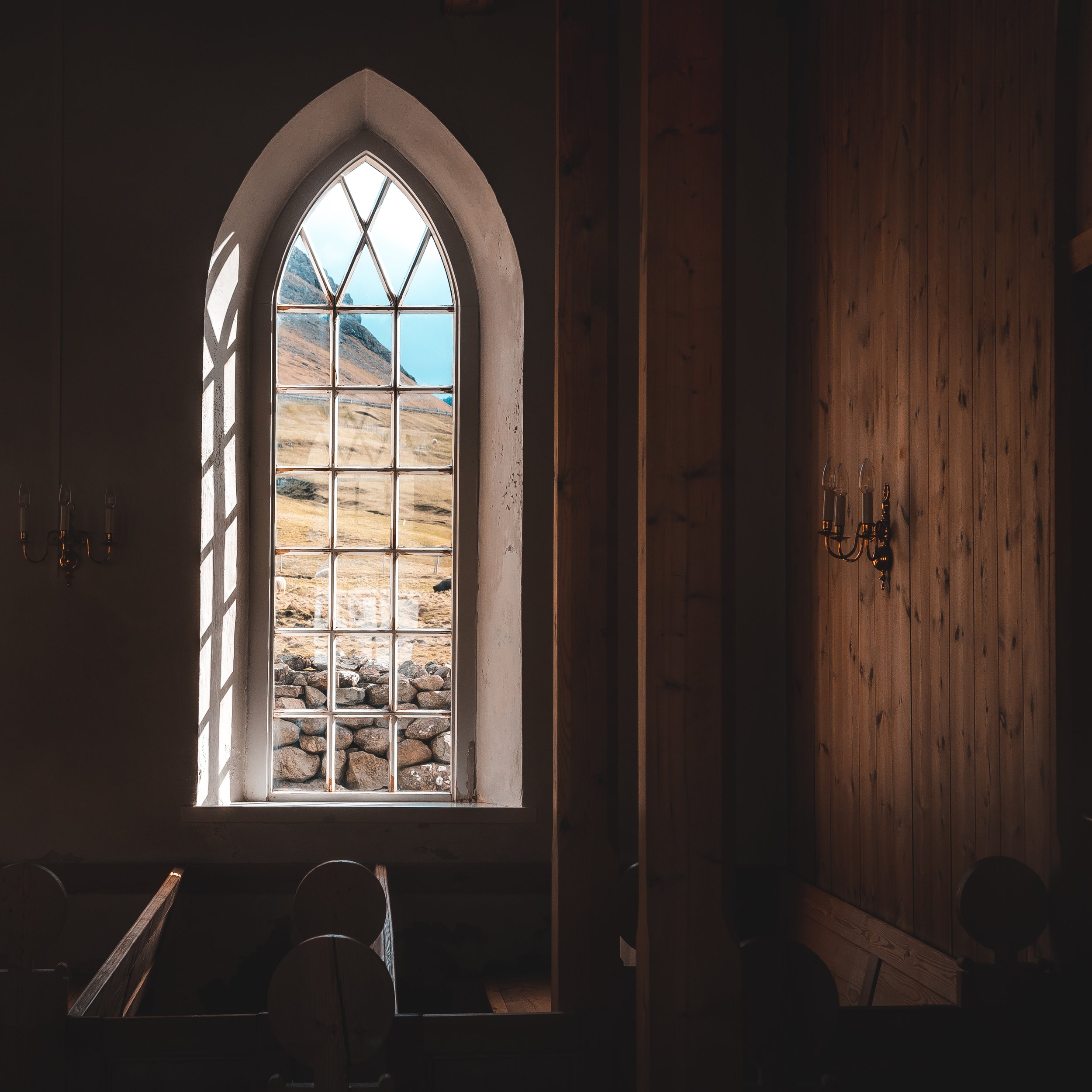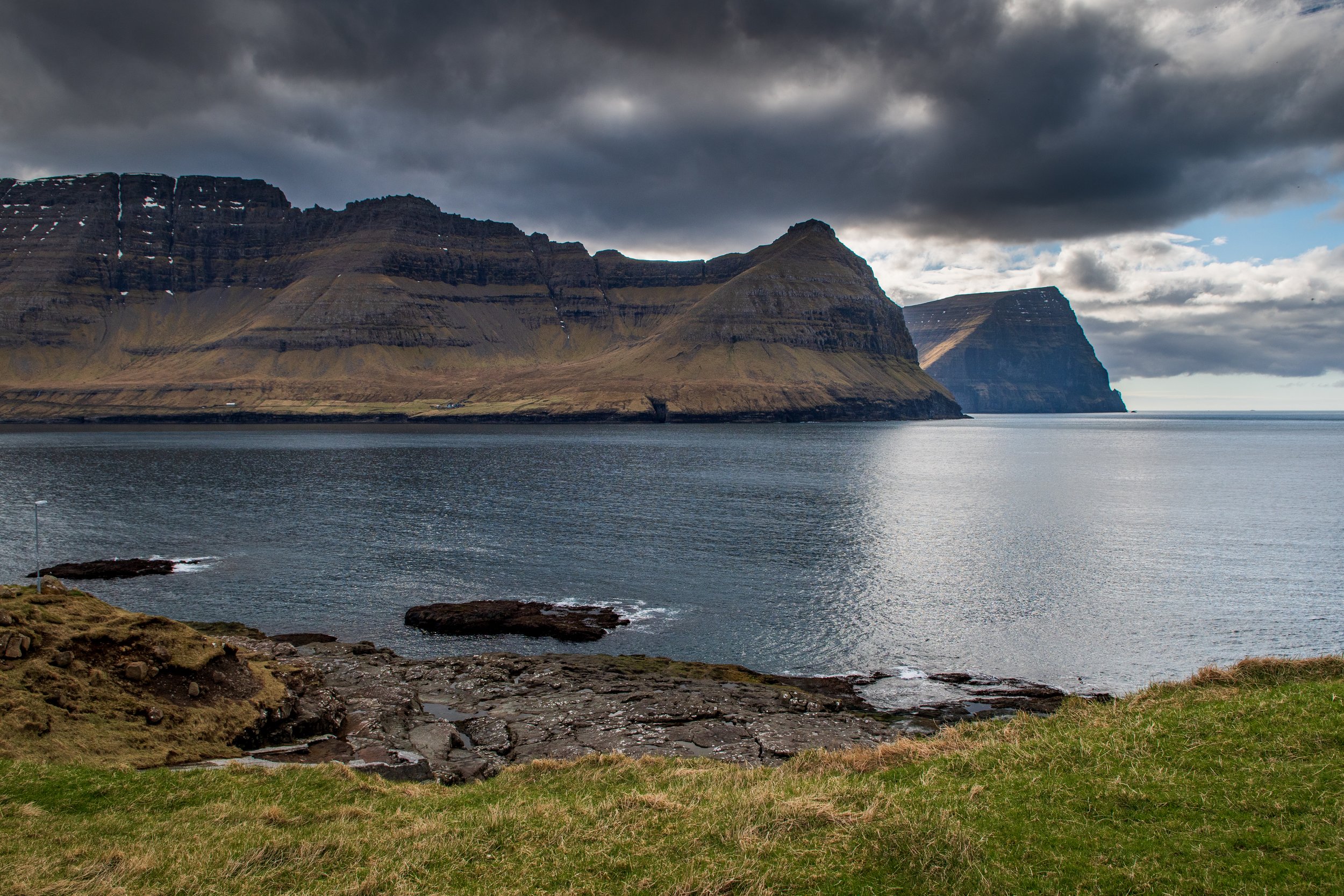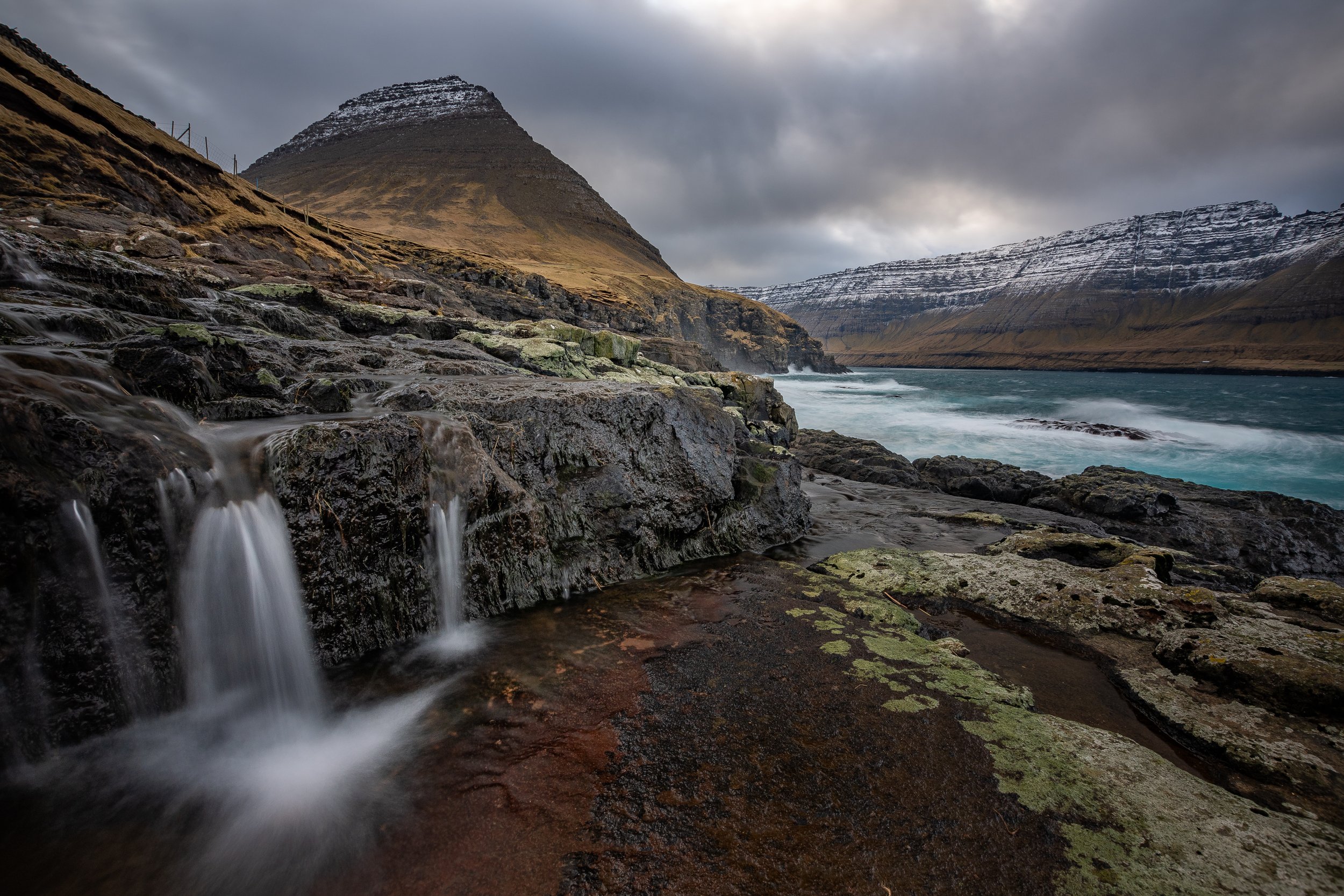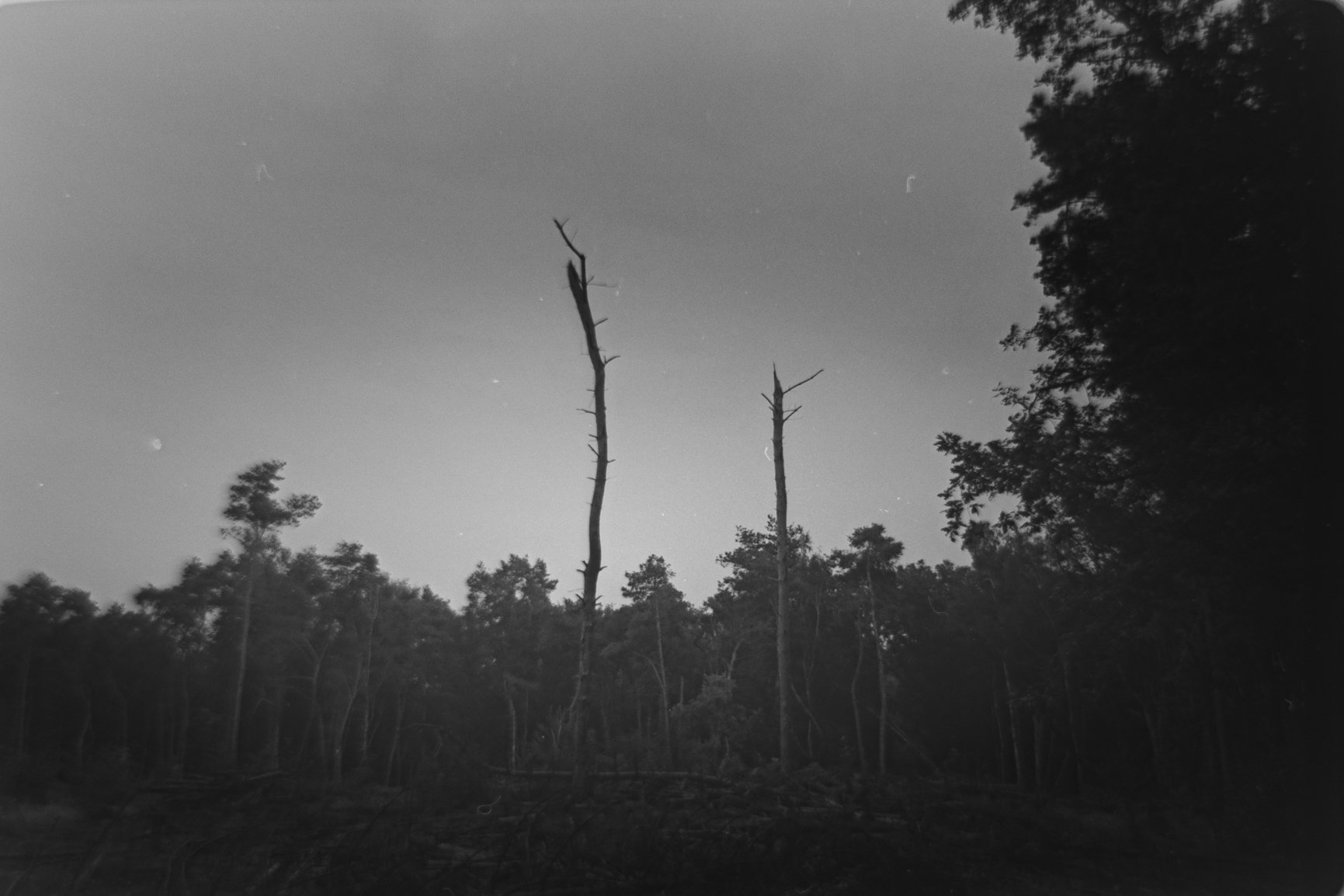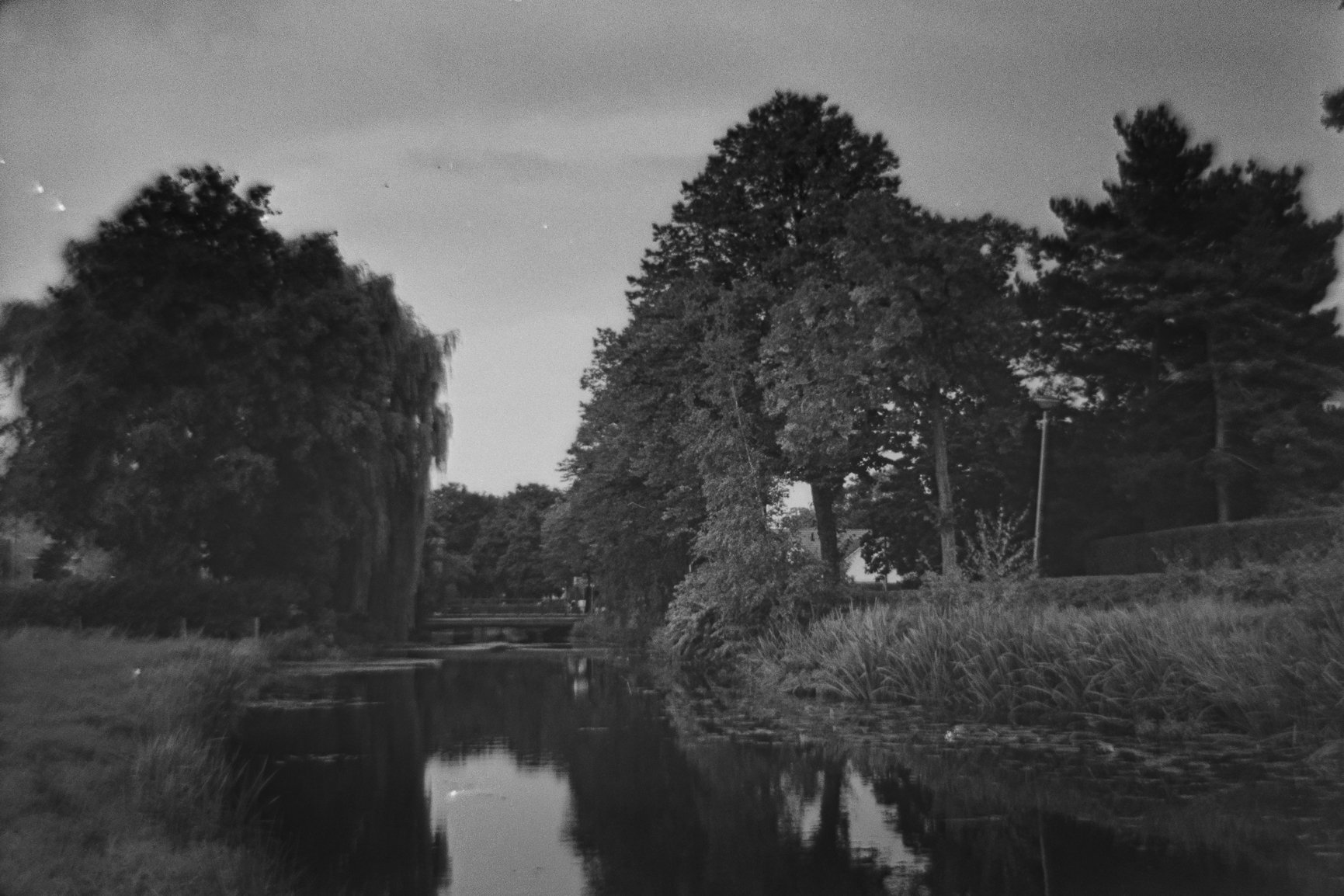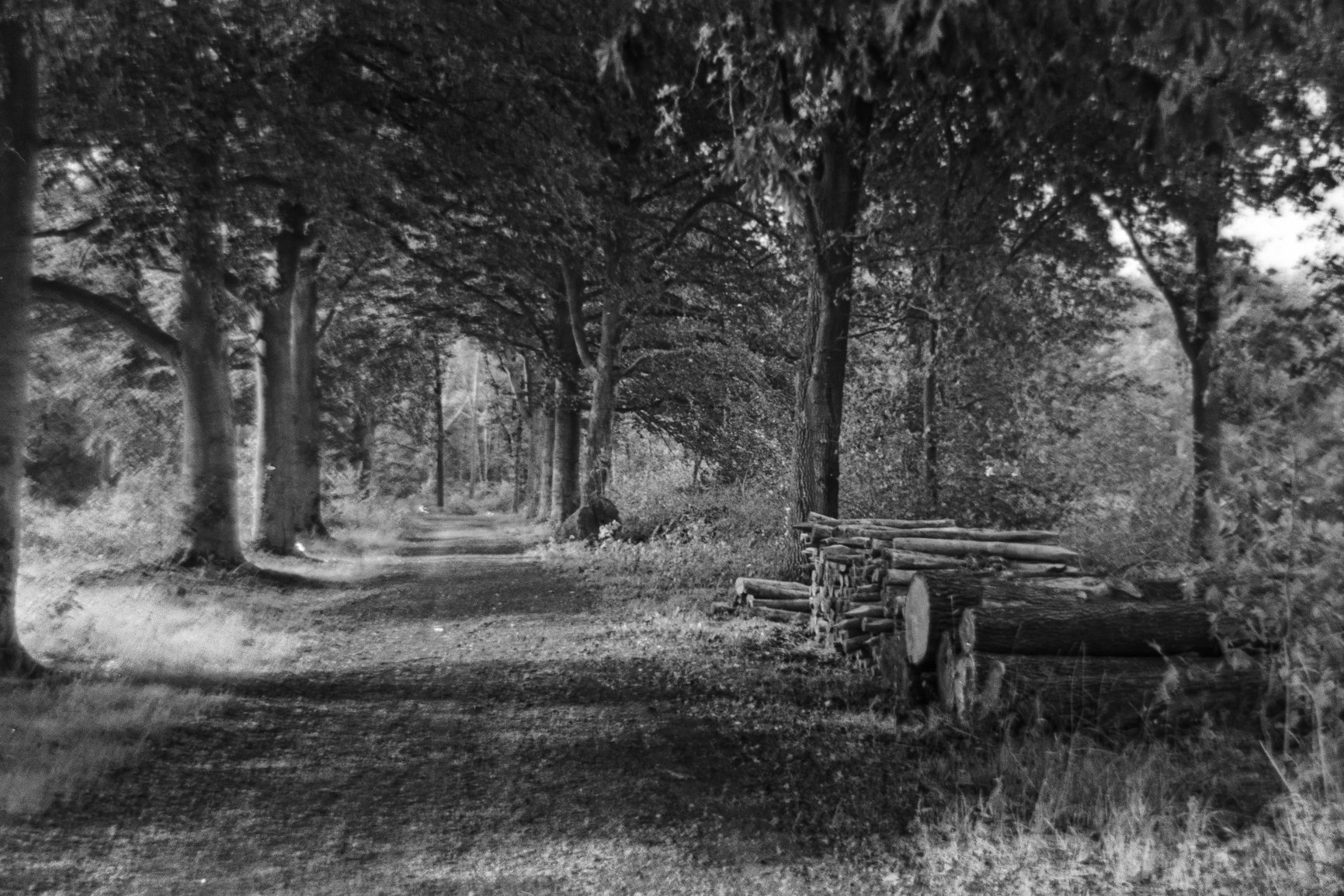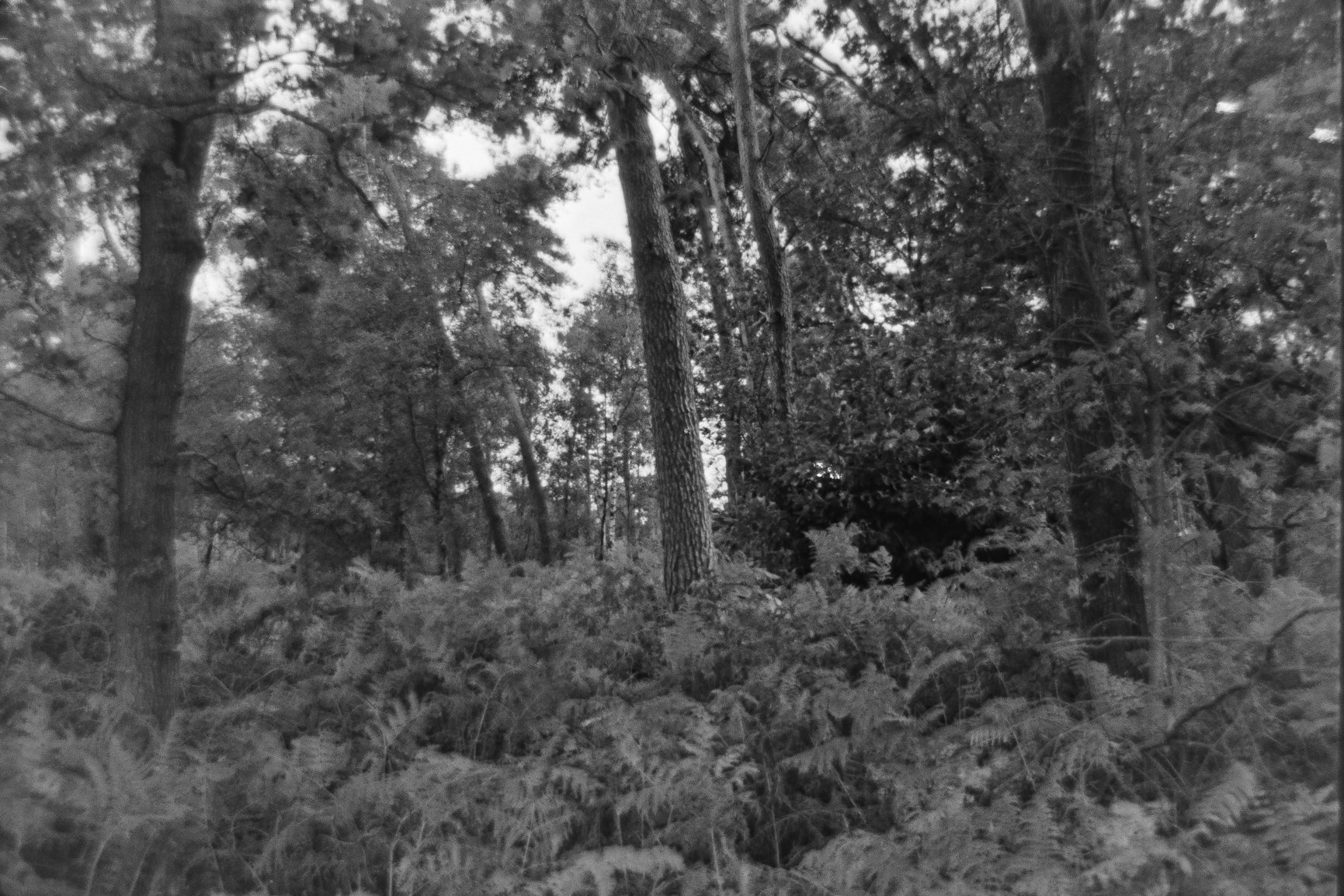De Groote Peel is a National Park in the area that I live. It is a place I have always been drawn to. Ever since I photograph basically. So much to see, hear and feel there.
The older I get the more I feel emotionally attached to this piece of land. I have family roots in this area. This area is like a magnet, its pretty much always on my mind and radar.
And when I visit and stroll along the tiny pathways crossing the bogs/wetlands into the distance, passing by forestland I listen to the silence. Get humbled by the clouds passing by, wind on my face, and nature setting the pace of life. It is like seeing with your eyes closed. The silence in this place is special, its louder then anywhere else. Isn't it beautiful how you can connect and ground with a place, a strip of land?
And I envision my forefathers and long gone family living here. Working and simply being part of this area. Their blood, veins, and bones are part of this. I am part of this. I am rooted here. It is my Identity.
Shots taken today, on 2nd Christmas day. On a little stroll with my family. To pay tribute to who I am, and where I come from. To those who shaped and are part of me. And very much to whom I wish to be.



